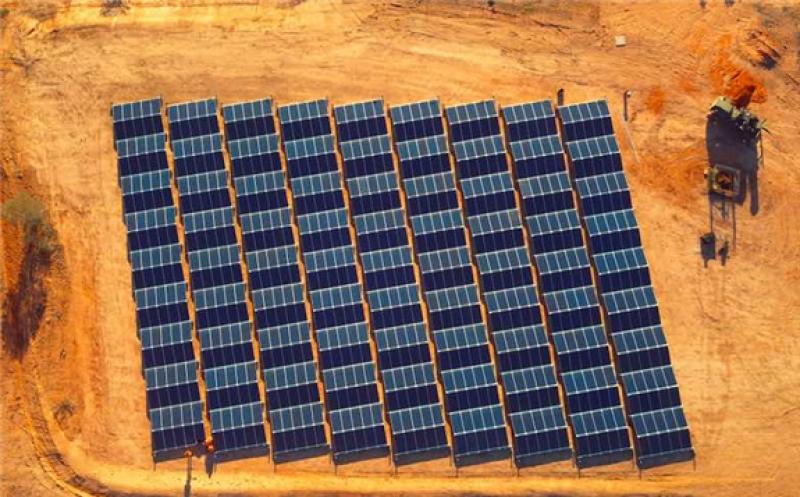A new report from the International Energy Agency (IEA) has cast a spotlight on the incredible resilience of renewable energy growth to the emergence of the COVID19 pandemic. Combined with the setbacks suffered by existing generation, this has increased the pace of decarbonisation in the world’s power sector and set the world on a better pathway in the coming decade.

“Just before 2025, renewables will overtake coal and be the number one source of electricity generation”, said the agency’s head, Dr Fatih Birol, in a webinar on Tuesday. The ‘Renewables 2020’ report highlights the fact that renewables have been resilient to COVID19 impacts due to many power projects operating on long-term contracts not exposed to variations in prices occurring this year. The report also quantifies the equity performance for new-build renewables, and finds that investor appetite for wind and solar continues to increase, relative to a declining energy sector in general. In fact, the total capacity of renewables auctioned globally increased, for the period January to October 2020, relative to 2019.
After the IEA crowned solar the ‘new king‘ of the power sector earlier this year, the report also finds that serious increases in solar growth are just around the corner, predicting an all time high in 2022, on the basis of good finance for rooftop PV and the resolution of grid connection challenges for large-scale PV. The installed capacity of wind and solar will overtake gas in 2023 and coal in 2024. Most importantly, renewables will overtake both in terms of generation in the year 2025. These are very short term predictions relative to the far-reaching reports over the past several months, and suggest a high level of confidence in near-term predictions.
“The energy sector is experiencing its worse year since the second world war”, said the IEA’s head Fatih Birol. “It appears that renewables are immune to COVID, based on their strong growth”. Australia’s position among this global trend is also highlighted in the report, with grid connection delays being a core reason for declining growth in renewables in 2022, despite resilience through COVID19.
“Declining wholesale prices (which guide benchmark FiT rates in many states), market saturation in some states (e.g. New South Wales and Victoria), and lower values of small-scale certificates all challenge faster growth in 2021 and 2022”, write the IEA. The ‘accelerated’ case in the graphic above deviates from business as usual due to government addressing policy uncertainties. In Australia, for wind power, the difference between business as usual and ‘acceleration’ hits hard:
The report comes bundled with a relatively detailed ‘data explorer’ interface, used to generate the graphic above. That reveals that most of the sensitivities for new solar in Australia lie in utility-scale connection issues, while residential PV sees far less difference between business as usual and the ‘accelerated’ case. “Renewables are resilient to the Covid-19 crisis but not to policy uncertainties”, they write, something very clear in Australia’s near-term renewables forecast.
The report also details the rising influence of renewables in Australia’s main customers for fossil fuel exports; namely China, Japan and South Korea. China’s policy framework for 2021-25 will be announced next year, but the growth of renewables in the country is already significant. With the continuation of incentives in those countries, Australia’s export industries might begin to see pressure even as early as the next few years.
The IEA’s report of renewable resilience comes as NSW announces a detailed new plan for renewables, vaccine hopes for a resolution to COVID19 strengthen, and the US elects Democrat Joe Biden into the presidency.